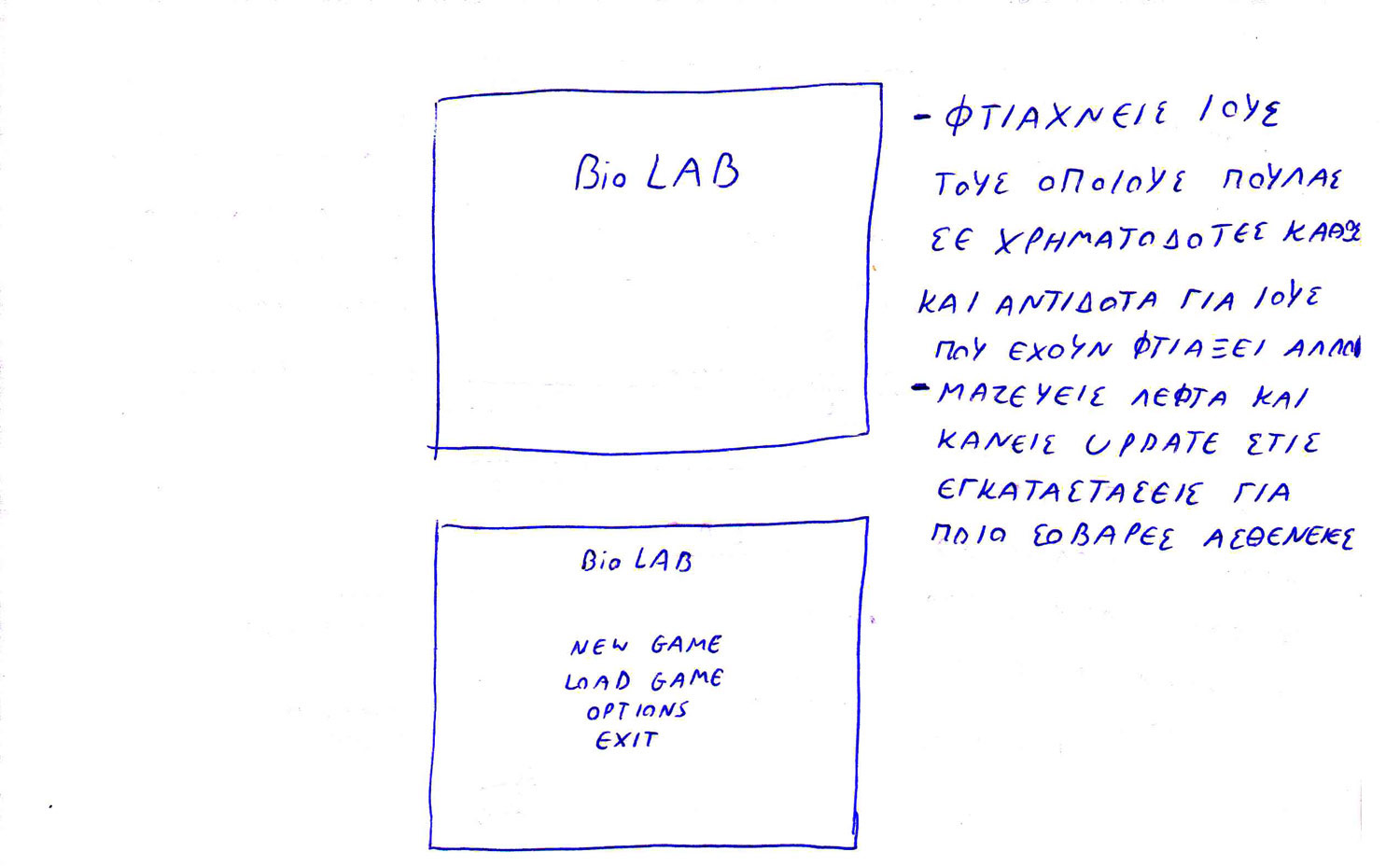


Again, this is the amount of each ingredient called for in your original, unscaled recipe. Recipe Amount Column: Next, enter the “Recipe Amount” for that ingredient. The “Bulk Size” column is the total weight in ounces of the product, as you buy it from the wholesaler.īulk Cost: The “Bulk Cost” field is for what you pay for that ingredient, in your bulk sizes. By default this spreadsheet has space for a recipe with 27 total ingredients, but you can add additional rows into the spreadsheet if the recipe requires more.īulk Size Column: Next, begin entering your ingredients. Be as detailed as possible here and making sure to including even small costs like salt or pepper. Ingredients Column: Here you will enter each ingredient needed to produce your recipe. This will set your “scale factor” for the rest of the spreadsheet. To scale the recipe up or down, enter the desired number of servings in the field to the right.

You’ll need to enter the total recipe yield (in ounces), as well as the number of servings the original recipe was intended to feed. Original Recipe: Begin by entering the values from your original recipe, under the “original recipe” field. In our video walk-through below, we guide you through filling out this tool.


 0 kommentar(er)
0 kommentar(er)
